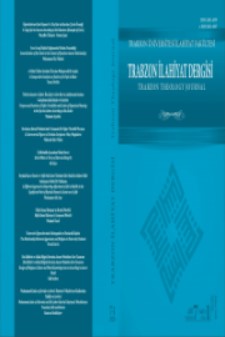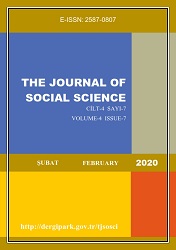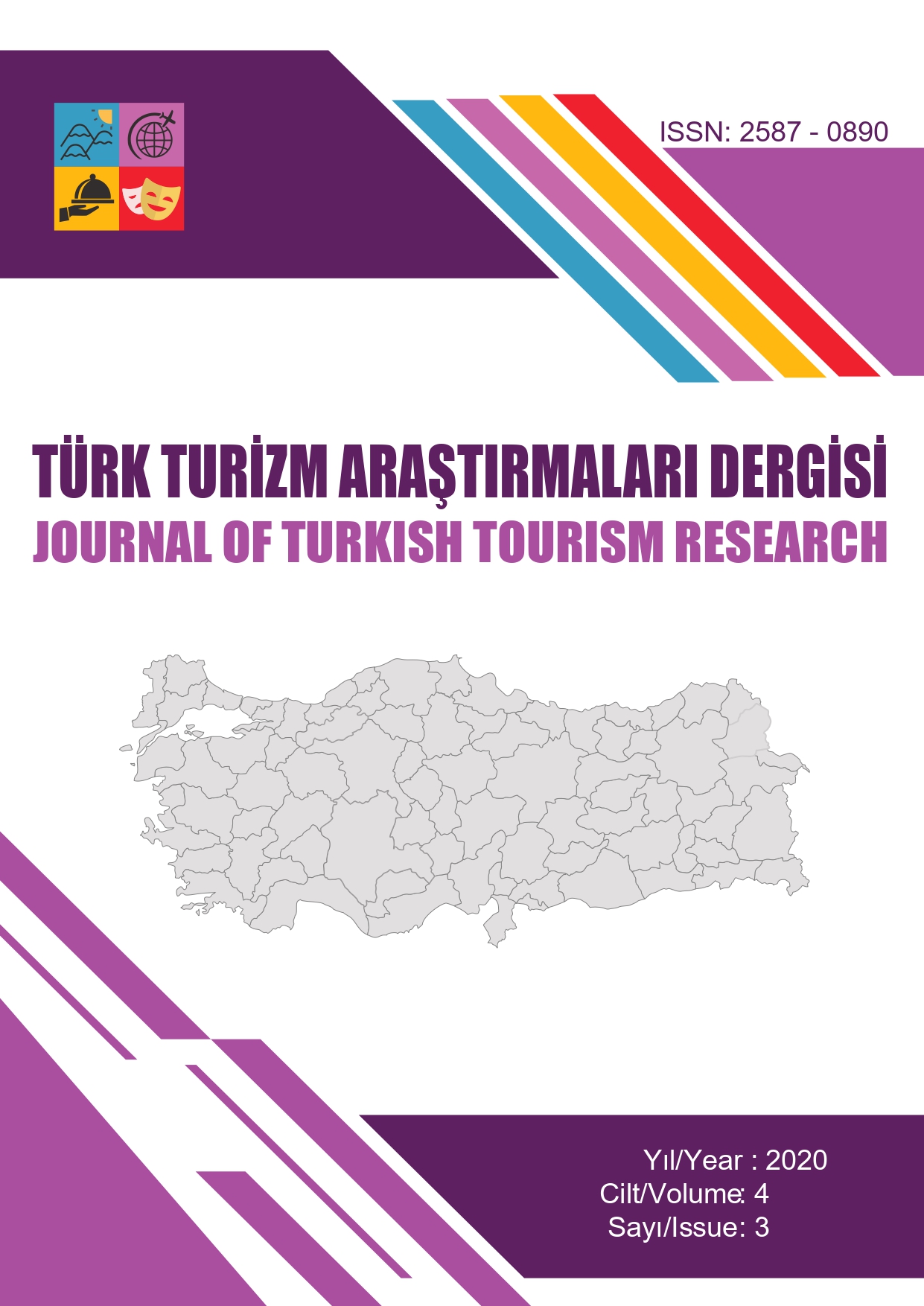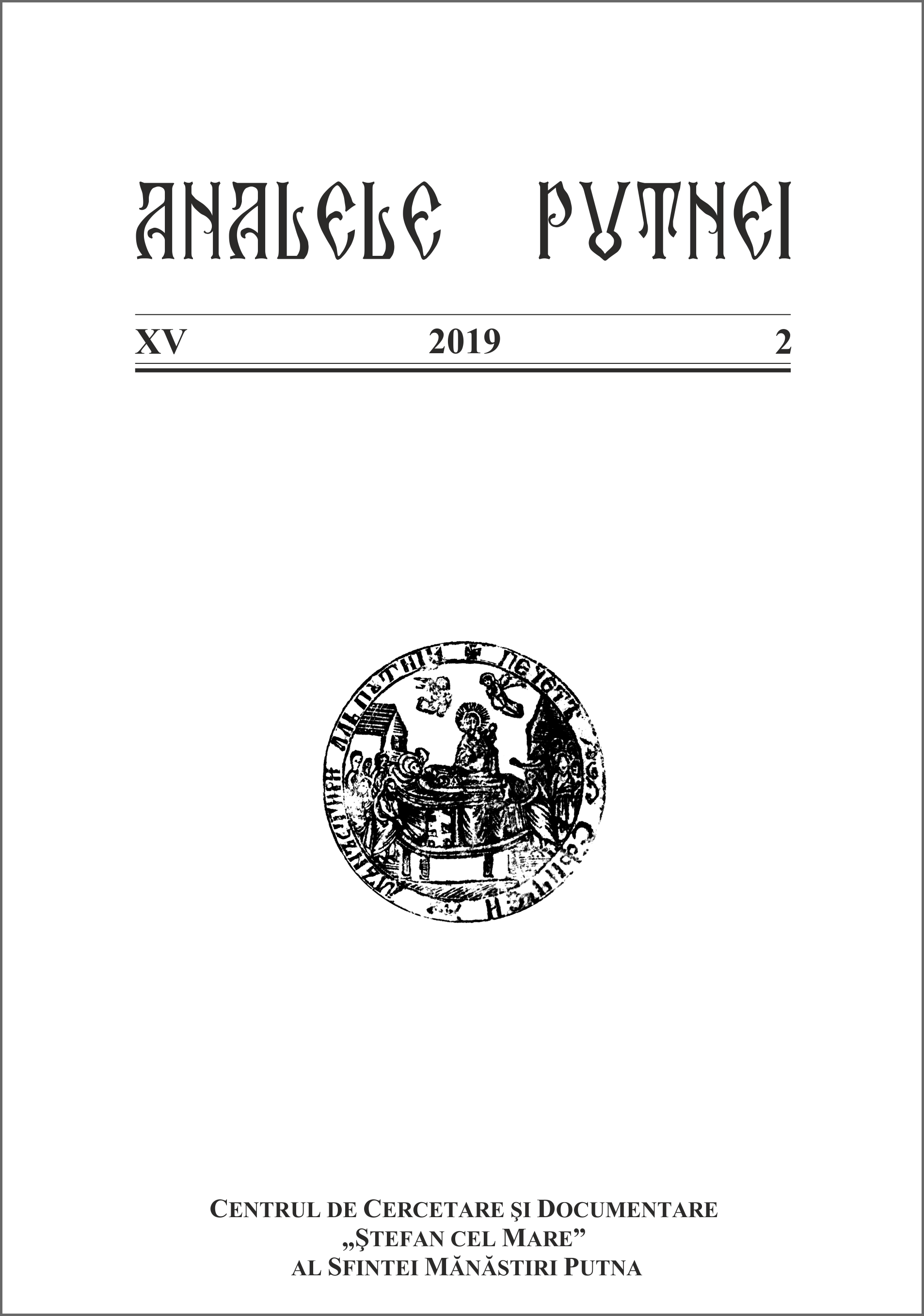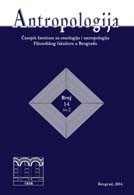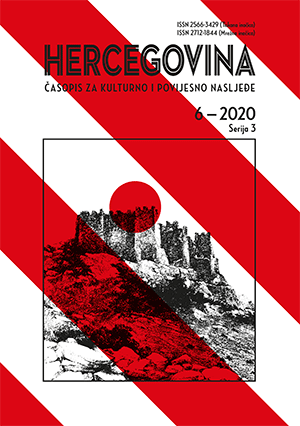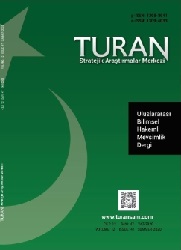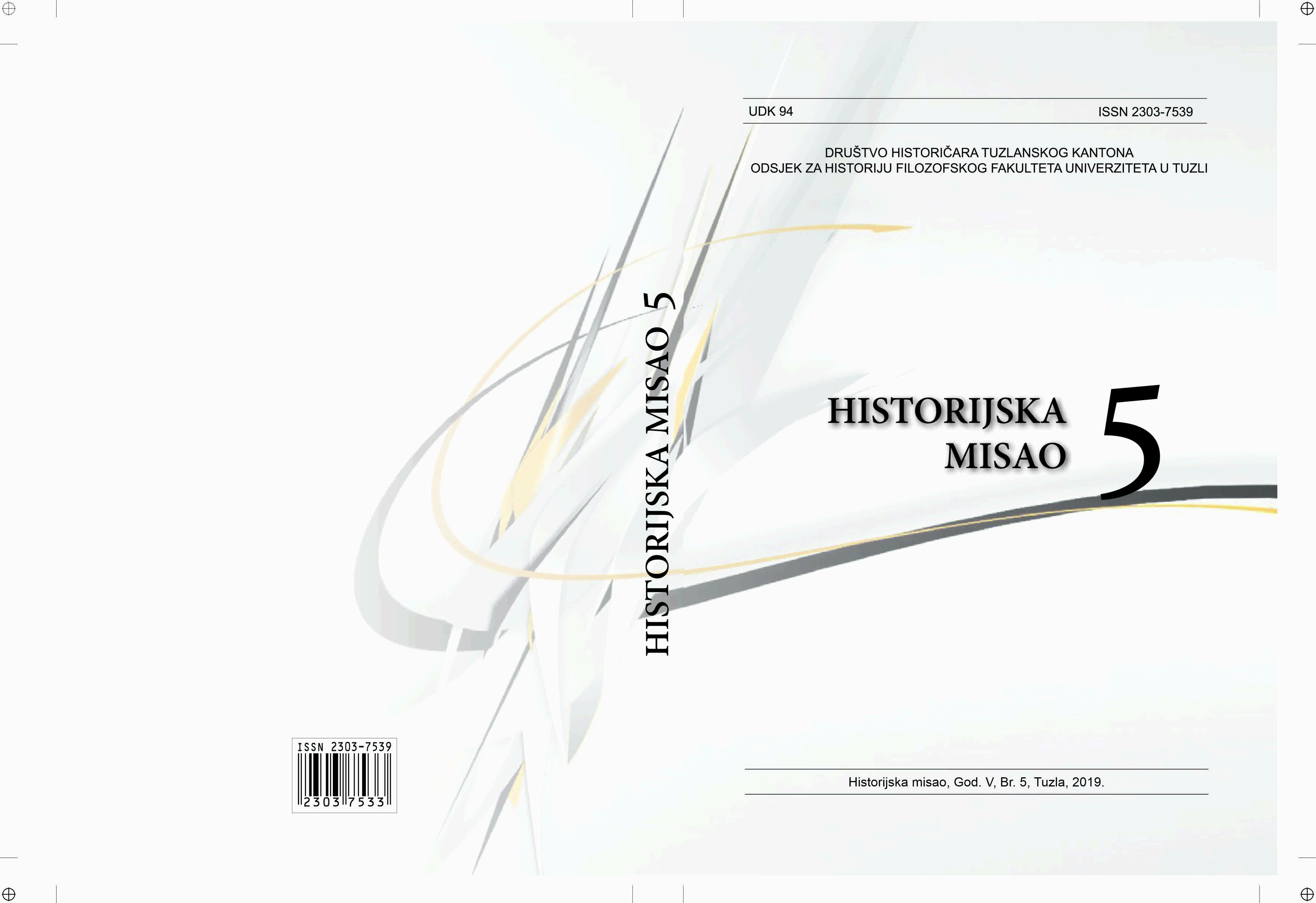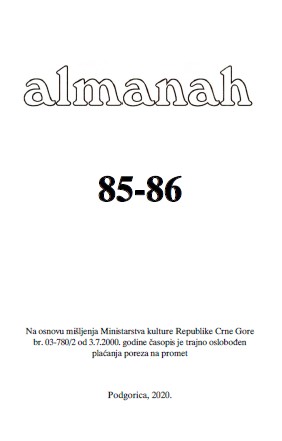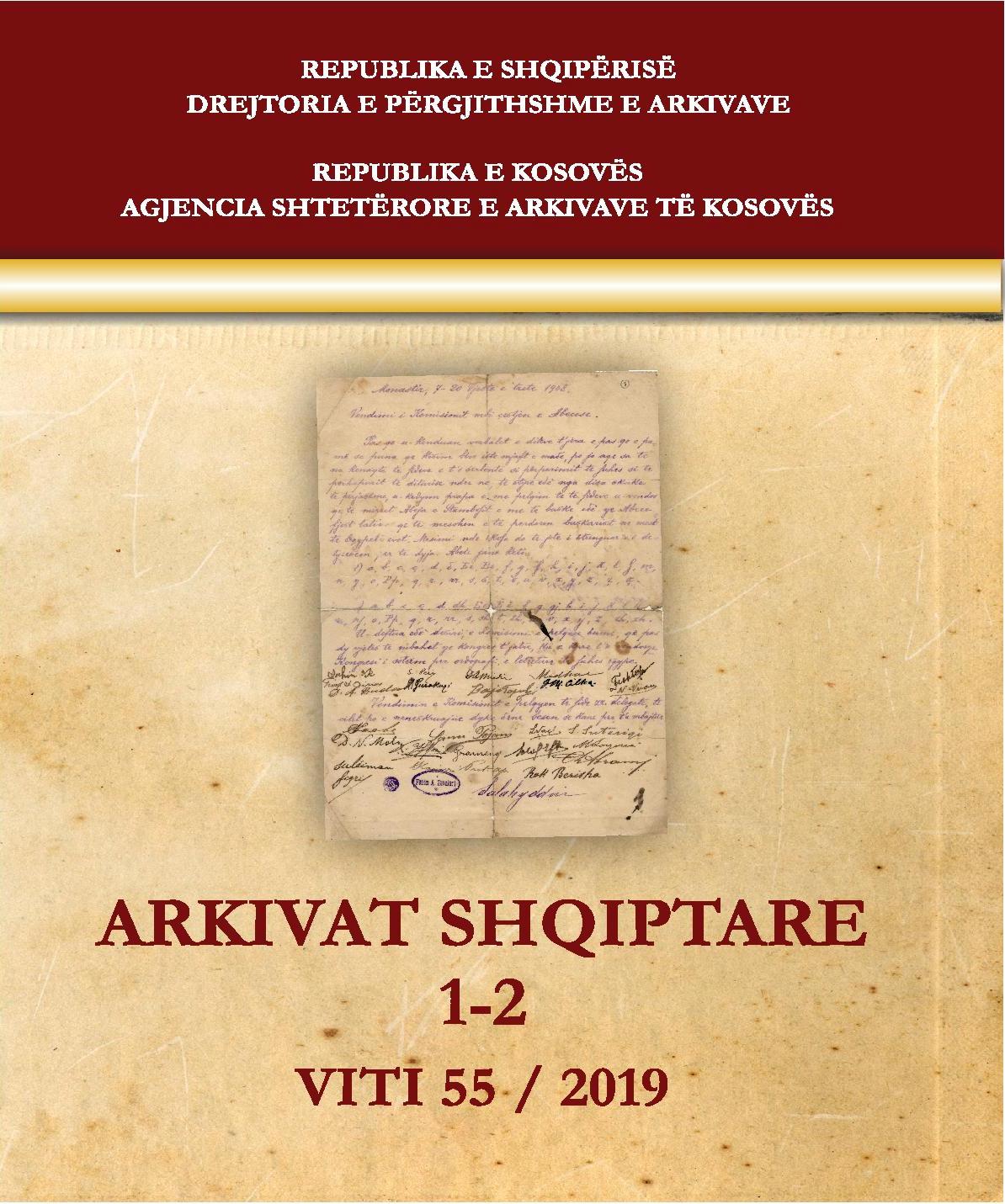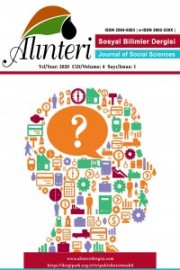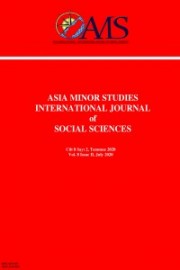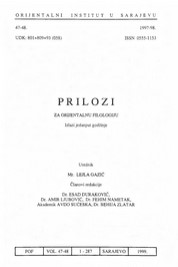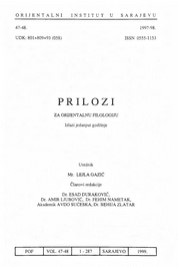Author(s): Sanja Lazarević Radak / Language(s): Serbian
Issue: 3/2019
From the mid-nineteenth century to the end of Ottoman rule in Belgrade, British travelers rarely had direct contact with Turks (italics signifies that the term in this discourse is used metaphorically as oriental and imaginary Other). By the end of nineteenth century architectural objects, scenes like garbage empty streets, old and ruind houses, abandoned neighborhoods, smell of rotting on bazaars, „dry and wicker” fruits and flowers reveals the history of the city and the population that settles it. Instead of the usual analysis of discourse on Turks, the images of the city are regarded mediators and filters in the perception of Turks. The city with its spatial characteristics is discovering their absence, instead of their presence on the streets of Belgrade. While the city speaks with its own language, the rule of the Ottoman Empire is slowly losing its former power. Travelers are influenced by a political liberal power advocating the Right to self– determination of the people and the cration of the National States in the Balkans. Belgrade is becoming a witness to this important political problem. Its „neglect”, „silence”, on its streets, poorly built, steep and curvy streets, the presence of htonian beeings such as wolf, raven, and magpie, suggest that the end of the Ottoman rule is near. The Semlin quarantines became border areas where the spread of the „infectious disease” of the metaphorically understood domination of „Orient” should be stopped. So quarantines for patients infected with plague become hospitals where „The Bosphorous patient” must stay until new political circumstances arise. However, when the Ottoman rule in the Balkans was over, the images of Belgrade were more or less the same. Once again, Belgrade was represented as unregulated, chaotic and dirty place ruled by the South Slavs. Its materialization becomes a witness of the impossibility of the consistent implementation of the rights of the peoples to self determination
More...
